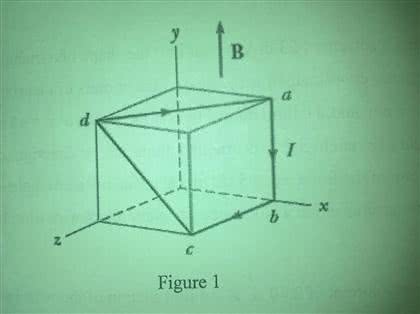37239 Lecture Notes - Pythagorean Theorem, Cartesian Coordinate System, Spherical Coordinate System
Document Summary
Velocity is a vector quantity that has both direction and magnitude. Direction refers to the orientation of the movement, while magnitude refers to the speed of the movement. Splitting velocity into direction and magnitude can provide useful information in many applications, such as physics, engineering, and navigation. The direction of a velocity vector can be determined by using a compass or by measuring the angle between the vector and a reference line, such as the north-south axis. In two dimensions, direction is usually measured in degrees or radians from the reference line, where zero degrees or radians corresponds to the reference line itself, and the direction is measured in a counterclockwise direction from the reference line. In three dimensions, direction can be specified using spherical coordinates or. Spherical coordinates specify direction using an angle of elevation and an angle of azimuth. Cartesian coordinates use three perpendicular axes, and direction is specified using three angles, one for each axis.


